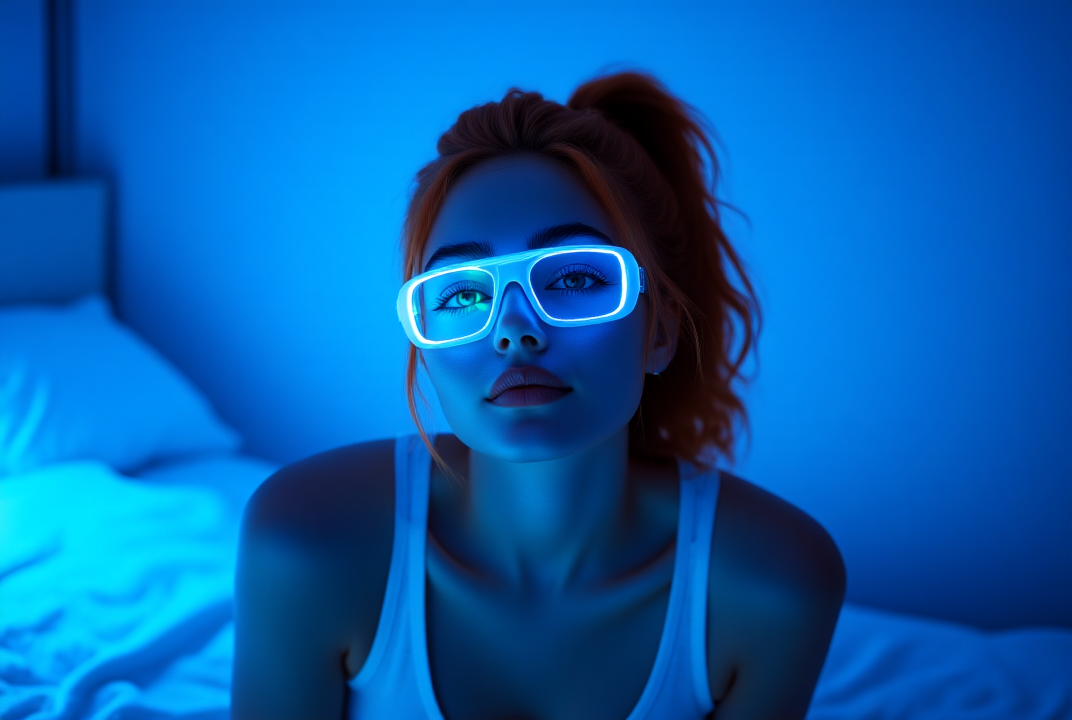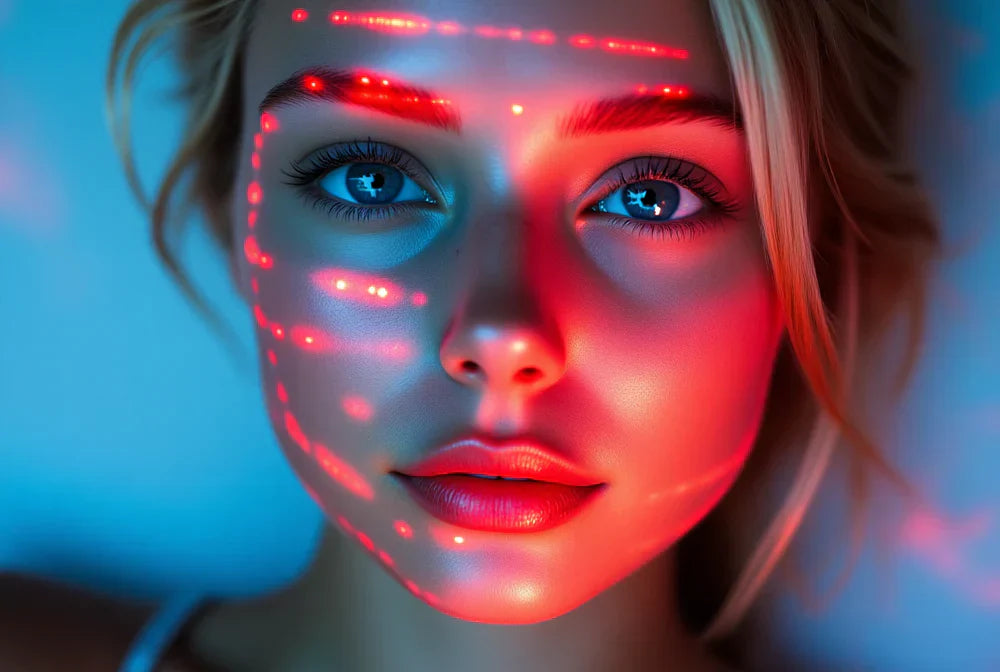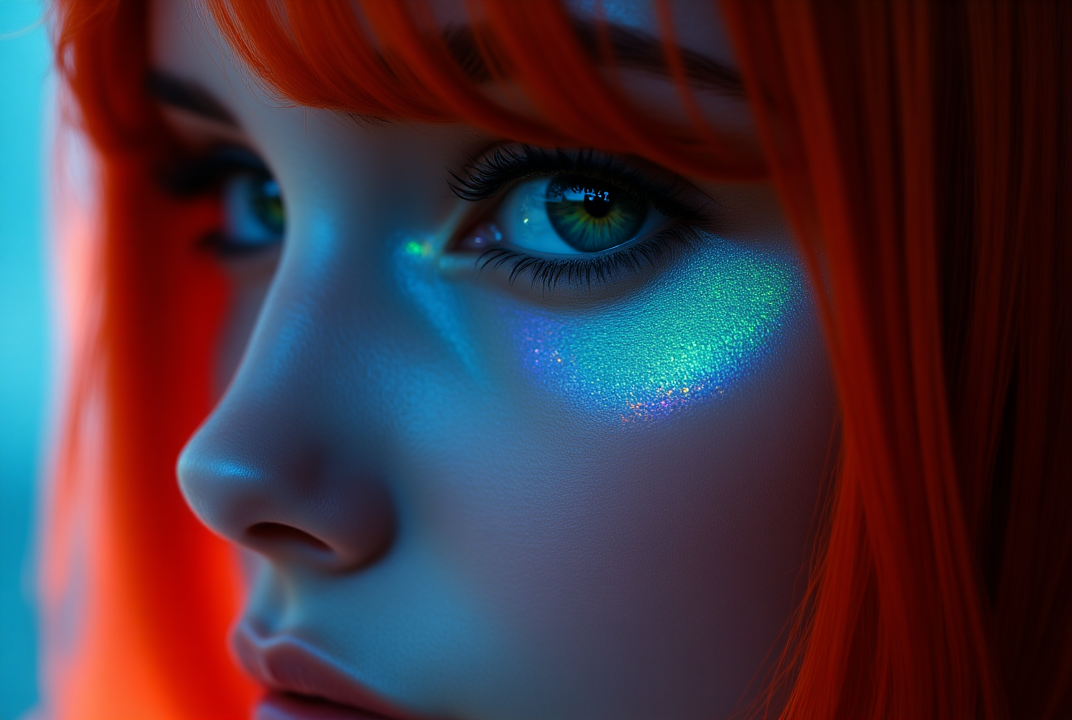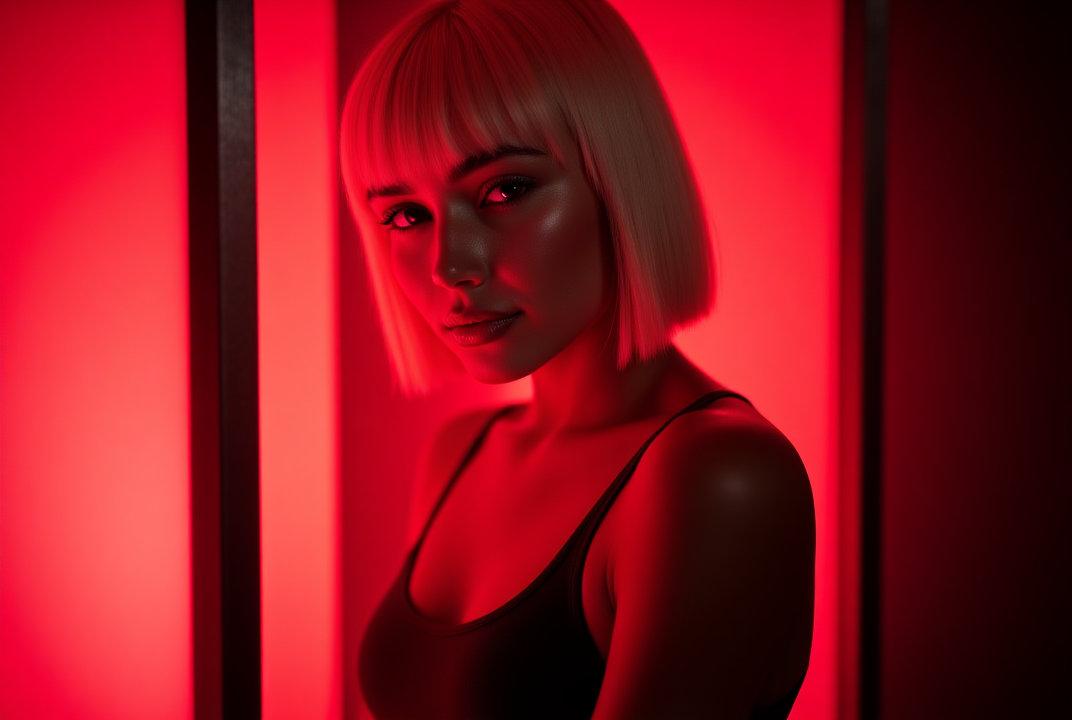With the rise of digital devices, the pervasive glow of screens has become an integral part of our lives, often at the expense of our eye health and sleep patterns. Enter blue light glasses, a revolutionary tool crafted to combat the adverse effects of prolonged screen exposure. But how do blue light glasses work, and what makes them an essential accessory for modern living? This article explores the intricate workings of blue light lenses, highlighting their role in preserving our circadian rhythm, reducing eye strain, and supporting a healthier, more balanced lifestyle amidst the digital deluge.
What Are Blue Light Glasses?
Blue light glasses are specially designed eyewear that filters out high-energy visible (HEV) blue light emitted by digital screens, artificial lighting, and other electronic devices. These glasses aim to mitigate the potential negative effects of prolonged exposure to artificial blue light, such as digital eye strain, disrupted sleep patterns, and potential long-term damage to the eyes. By selectively blocking or absorbing blue light wavelengths, blue light glasses help maintain visual comfort and support healthier sleep cycles, making them an essential tool for individuals who spend significant time in front of screens.
How Do Blue Light Glasses Work: Step-by-Step
Step 1: Understanding Blue Light
Blue light is a part of the visible light spectrum with a short wavelength and high energy. It is emitted by the sun and artificial sources like digital screens and LED lighting. While natural blue light is beneficial during the day for maintaining alertness and mood, excessive exposure to artificial blue light, especially at night, can disrupt sleep patterns and cause eye strain.
Step 2: Filtering Blue Light
Blue light glasses are equipped with lenses that have a special coating designed to filter out a portion of the blue light spectrum. These lenses selectively block or absorb blue light wavelengths, particularly those in the range of 400-570nm, which are most associated with digital eye strain and sleep disruption. By reducing the amount of blue light that reaches the eyes, these glasses help alleviate discomfort and protect eye health.
Step 3: Enhancing Visual Comfort
By filtering out excessive blue light, blue light glasses reduce glare and improve contrast, making it easier to focus on screens for extended periods. This reduction in glare and enhancement of visual clarity helps to minimize digital eye strain, characterized by symptoms such as dry eyes, headaches, and blurred vision, thereby improving overall comfort during screen use.
Step 4: Supporting Sleep Quality
Exposure to blue light in the evening can suppress the production of melatonin, a hormone that regulates sleep. Blue light glasses, especially those with red lenses for nighttime use, help preserve melatonin levels by blocking blue and green light frequencies. This supports the body's natural circadian rhythm, promoting better sleep quality and overall well-being.
Step 5: Integrating with Lifestyle
For optimal benefits, blue light glasses should be integrated into a broader lifestyle approach that includes limiting screen time, using warm lighting, and reducing exposure to screens before bedtime. By combining these practices with the use of blue light glasses, individuals can effectively manage their exposure to artificial blue light and enhance their digital wellness.
Is Blue Light Exposure Always Harmful?
Blue light exposure is not inherently harmful; in fact, natural blue light from the sun plays a crucial role in regulating our circadian rhythm, boosting alertness, and enhancing mood during the day. This natural exposure helps synchronize our internal body clock, promoting wakefulness and cognitive function. However, artificial blue light, emitted by digital screens, LED lights, and other electronic devices, can be detrimental, especially when experienced in excess or during nighttime. Unlike natural blue light, artificial sources can disrupt melatonin production, leading to sleep disturbances and potential long-term eye health issues. Therefore, while natural blue light is beneficial and necessary, it is the artificial blue light, particularly during evening hours, that poses a risk to our health and well-being.
When Is The Best Time To Use Blue Light Glasses?
The best time to use blue light glasses depends on the specific type of lenses and the user's daily routine. During the day, blue light glasses with lenses designed to block excessive indoor blue light are ideal for those who spend long hours in front of screens, as they help reduce eye strain while allowing natural blue light to maintain energy and alertness. In the evening, especially after sunset, glasses with red lenses are recommended to effectively block both blue and green light frequencies, preserving melatonin levels and supporting a healthy sleep cycle. By wearing these glasses at the appropriate times, individuals can optimize their visual comfort and overall well-being in a screen-dominated environment.
Are There Different Types Of Blue Light Glasses?
Yes, there are different types of blue light glasses, each designed to cater to specific needs and times of day. Daytime blue light glasses typically feature lenses that filter out a portion of blue light, reducing glare and eye strain while allowing enough natural blue light to maintain alertness and energy levels. These are ideal for use during work or study sessions in front of screens. On the other hand, nighttime blue light glasses often have red or amber lenses that block a broader spectrum of blue and green light, crucial for preserving melatonin levels and supporting restful sleep. These are best worn after sunset to minimize the impact of artificial light on the circadian rhythm. By choosing the appropriate type of blue light glasses, users can effectively manage their exposure and enhance both visual comfort and overall health.
Common Myths and Misconceptions
- All Blue Light is Harmful: Not all blue light is detrimental; natural blue light from the sun is essential for regulating our sleep-wake cycle and boosting mood and alertness during the day. It's the artificial blue light from screens and devices, especially at night, that can cause issues.
- Blue Light Glasses Fix All Sleep Problems: While blue light glasses can help preserve melatonin levels and support better sleep, they are not a standalone solution for all sleep-related issues. A holistic approach, including good sleep hygiene and reduced screen time before bed, is necessary for optimal results.
- Blue Light Glasses Are Only for Computer Use: Blue light glasses are beneficial for any screen exposure, including smartphones, tablets, and televisions. They can also be useful in environments with artificial lighting, such as offices and homes with LED lights.
- Wearing Blue Light Glasses All Day is Harmful: Wearing blue light glasses during the day is not harmful and can help reduce eye strain from prolonged screen use. However, it's important to choose glasses that allow some natural blue light exposure to maintain alertness and energy levels.
- Blue Light Glasses Are Just a Fashion Trend: While blue light glasses have become a popular accessory, their primary function is to protect eyes from the potential negative effects of artificial blue light. They are backed by scientific research and are not merely a fashion statement.
Conclusion
In conclusion, blue light glasses serve as a valuable tool in our increasingly digital world, offering a practical solution to mitigate the adverse effects of artificial blue light exposure. By understanding how these glasses work and integrating them into our daily routines, we can enhance our visual comfort, protect our eye health, and support better sleep quality. Whether you're an office worker, gamer, student, or simply someone who spends significant time in front of screens, blue light glasses can help you maintain a healthier balance between digital engagement and overall well-being. Embracing this technology, along with mindful lifestyle practices, empowers us to navigate the digital landscape with confidence and clarity.
Final Thoughts
Are you seeking ways to minimize the impact of blue light on your eyes? Discover EMR-TEK, a frontrunner in developing innovative products that seamlessly blend into your lifestyle. Whether you desire a portable device for on-the-go ease or a comprehensive system for home or professional use, EMR-TEK provides the perfect solution. Their expertly designed blue light glasses are vital for reducing eye strain and safeguarding your vision. Furthermore, explore their array of red light therapy products to start your journey toward healthier, more radiant skin.
Sources
-
https://filteroptix.com/pages/blue-light-filtering-technology
-
https://www.sciencedirect.com/science/article/pii/S2319417016000238
Disclaimer:* EMR-TEK’s red infrared light therapy devices, blue light blocking glasses, and other products are intended solely for personal wellness and fitness use. They are not designed to diagnose, treat, cure, or prevent any disease and should not be considered medical devices. We do not make any therapeutic claims. Our products align with the FDA’s “General Wellness: Policy on Low Risk Devices” guidelines and do not require FDA clearance. Please note, EMR-TEK’s products are for personal use only and not for commercial application.*




Share:
Introducing Light Skool: The Future of Red Light Education
Is a Black Light a UV Light: Black Light 101